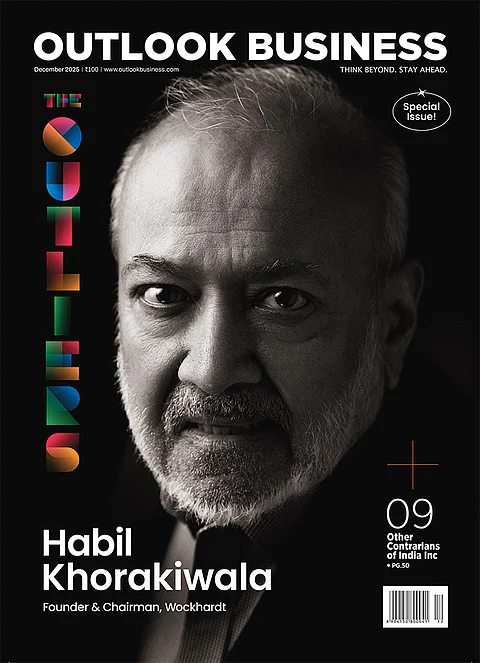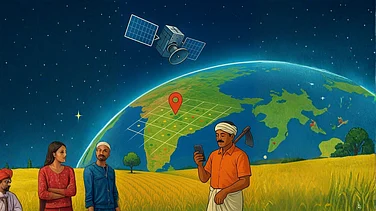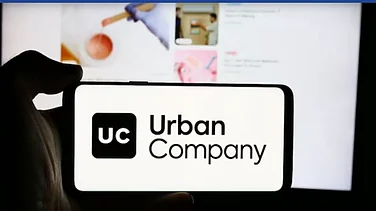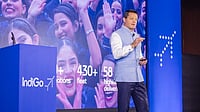
GLP-1 drugs are expected to go generic by mid-2026, which could cut prices by about 75% and make them more accessible
A Bernstein report estimates that food-delivery growth may moderate to 12–14%, compared to 20% earlier
Swiggy and Zomato are likely to feel the impact as GLP-1 users tend to order less frequently and choose smaller portions
As GLP-1 drugs like Ozempic and Mounjaro become cheaper and more accessible as their patent protections expire by mid-2026, analysts warn that platforms such as Swiggy and Zomato may see slower order growth and thinner margins. A new report by brokerage firm Bernstein suggests that as more urban Indians start using these medications once prices fall by 75% or more, calorie consumption could decline enough to dent the speed at which food-delivery platforms are growing.
The report argues that it will be increasingly difficult for the industry to sustain a 20% growth in net order value (NOV), and instead models a baseline normalisation of food-delivery growth of around 12–14%, compared with a more optimistic 16–18%. The genericisation of these drugs raises the likelihood of the lower outcome, it warns.
Price and Portion Cuts
Ozempic is a brand name for semaglutide that is used to manage blood sugar levels and for weight loss. It works by mimicking a natural hormone in the body (GLP-1 or glucagon-like peptide-1), which has two functions: release insulin and slowing the rate at which food leaves the stomach. The latter effect helps a person feel full for longer and eat less.
The Bernstein India E-Commerce report notes that oral GLP-1 medicines are expected to become significantly cheaper in India following patent expiries and the entry of generics around mid-2026, substantially widening access and accelerating adoption.
If GLP-1 uptake reaches around 10% of urban adults within five years, aggregate calorie consumption could decline by approximately 0.5% per year, totalling 2–2.5% over five years, it points out.
The report uses this calorie metric to connect GLP-1 adoption to reduced demand for indulgent, high AOV items such as desserts, fried fast food and oversized portions. While it does not link this directly into a specific revenue estimate, it views the resulting calorie decline as a meaningful drag on growth for these “indulgent” segments.
The firm refers to US evidence and its proprietary consumer survey to document concrete shifts.
It states about 66% of GLP-1 users report eating “a lot less junk food.” Among those who still consume fast food, approximately 43% say they order smaller portions and about 39% skip desserts entirely. The report further notes that long-term GLP-1 users consume roughly 20–25% fewer calories on average to achieve or maintain weight loss.
These behavioural changes, such as less demand for high-fat/fried foods and sugary snacks and a tilt toward protein-rich, customisable, low-calorie meals, form the mechanistic link between drug adoption and lower food-delivery demand, it notes.
Why are Swiggy & Zomato Exposed?
Bernstein highlights that the early adopters most likely to use GLP-1s are higher-income, digitally savvy, health-conscious urban adults. These are the very customers who disproportionately drive order frequency and AOV on food-delivery platforms.
Because of this overlap, even modest penetration can disproportionately reduce AOV, order frequency and shift the mix away from high-margin fried, dessert and quick-service offerings toward lower-AOV, health-oriented meals.
Bernstein outlines three immediate effects that food aggregators should anticipate. The first is a lower AOV as customers opt for smaller portions. The second is a decline in the frequency of indulgent orders among heavy users. Lastly, platforms are expected to increase investments in health-focused menus, subscription-based wellness plans and cloud-kitchen partnerships that specialise in lean, protein-rich meals.
What Can Platforms Do?
Bernstein recommends a range of strategic responses to food-delivery platforms. It includes accelerating health-focused menu curation and marketing, developing subscription or meal-plan products to monetise recurring lower–AOV orders, expanding relevance across additional day-parts such as breakfast and lunch staples, shortening delivery times to make low–AOV offerings viable, and partnering with or incubating cloud kitchens that specialise in lean, protein-rich meals.
However, the report cautions that such initiatives typically require upfront investments or incentives, meaning margins may remain range-bound even if the revenue mix shifts in a favourable direction.

































